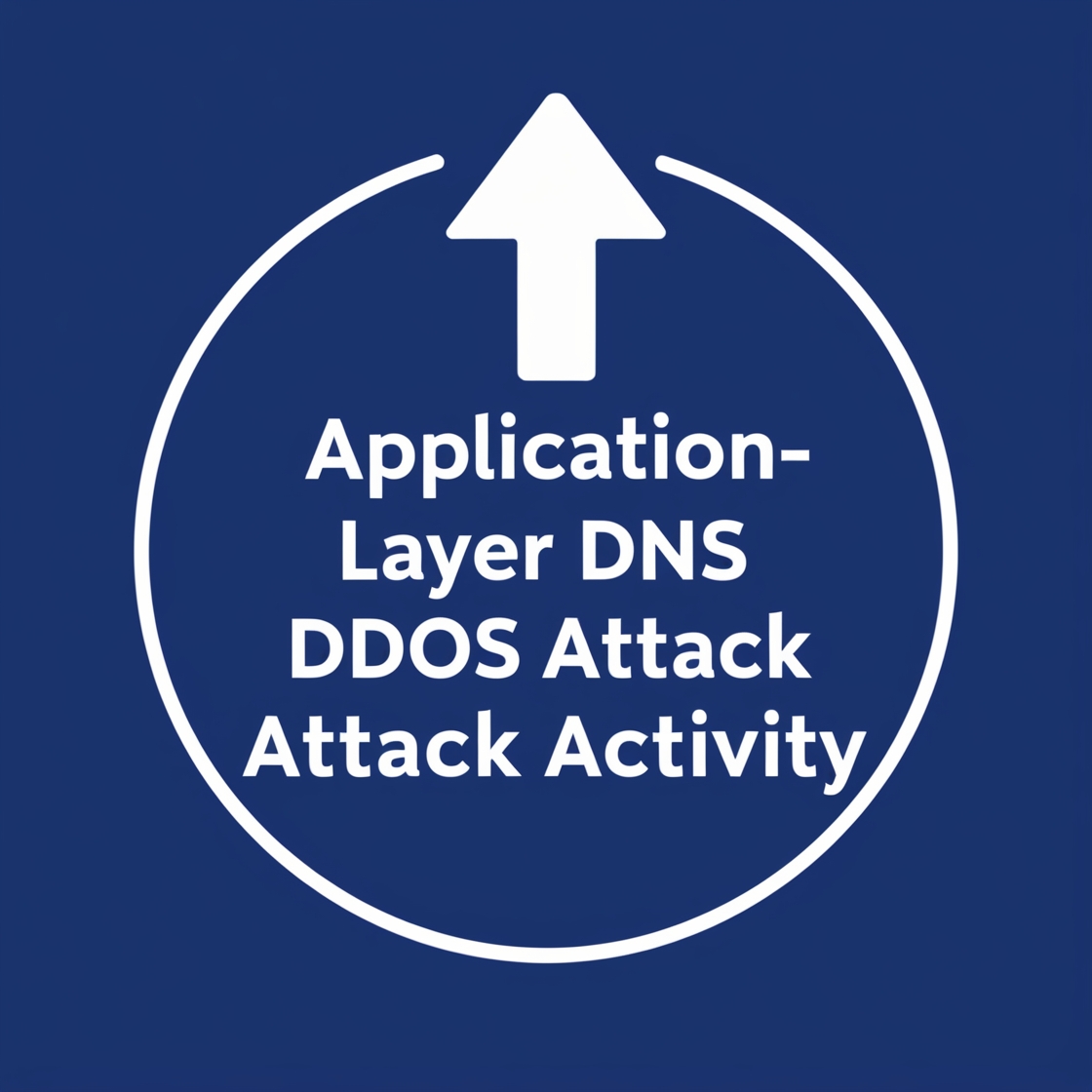The landscape of cyber threats is constantly evolving, and one area that has seen an alarming rise in activity is application-layer DNS Distributed Denial of Service (DDoS) attacks. According to the H1 2024 Global Threat Analysis Report, the frequency and intensity of DNS DDoS attacks have surged dramatically, making it one of the most significant threats to businesses and organisations worldwide.
A Steep Rise in DNS DDoS Attacks
DNS DDoS attack activity has experienced exponential growth over the past two years. The number of malicious DNS queries tripled between 2022 and 2023, and this trend has only accelerated in 2024. The report highlights a staggering 2,680% increase in malicious DNS queries in 2023 compared to the previous year. In the first six months of 2024 alone, the number of malicious queries has already risen by 76% compared to the total for all of 2023.
This dramatic increase underscores the growing popularity of DNS DDoS attacks among cybercriminals, who are leveraging these attacks to disrupt services, steal data, and cause widespread chaos. The sheer volume of malicious queries is overwhelming DNS servers, leading to severe service disruptions and significant financial losses for targeted organizations.
Key Insights from H1 2024
The H1 2024 report offers several key insights into the nature of these attacks:
- Dominance of DNS-A Request Floods:
Most of the large-scale application-layer DNS flood attacks in the first half of 2024 utilized DNS-A requests. These requests, which are typically used to translate domain names into IP addresses, were weaponized by attackers to flood DNS servers with traffic, rendering them unable to respond to legitimate queries. This tactic has proven to be highly effective, particularly against organizations with critical online operations. - Finance Industry Under Siege:
The finance industry has emerged as the primary target of DNS DDoS attacks, accounting for 52% of the total DNS query flood attack activity in H1 2024. Financial institutions, due to the sensitive nature of their operations and the high value of their data, are attractive targets for attackers looking to cause maximum disruption. Other industries such as healthcare, telecommunications, research and education, technology, and communications have also been notably impacted, highlighting the widespread nature of this threat. - Record-Breaking Attacks:
The largest DNS query flood attack observed in H1 2024 peaked at an astounding 811,000 queries per second (QPS), targeting a financial organization. This follows the trend set in 2023, where the largest DNS flood peaked at 2.15 million QPS, also aimed at the financial sector. These figures indicate that attackers are not only increasing the frequency of their assaults but are also scaling up the intensity of their attacks to unprecedented levels.
The Implications for Businesses
The rapid escalation in DNS DDoS attack activity has significant implications for businesses across all sectors. As attackers continue to refine their techniques and scale their operations, the risk of severe disruptions and financial losses grows. For organizations in critical industries like finance, healthcare, and telecommunications, the stakes are even higher.
To mitigate the risk of DNS DDoS attacks, organizations must adopt a proactive approach to cybersecurity. This includes deploying advanced DDoS protection solutions, regularly monitoring DNS traffic for unusual patterns, and ensuring that their DNS infrastructure is robust and resilient against high-volume attacks.
Stay Ahead of the Threat
As the threat landscape continues to evolve, staying informed and prepared is more important than ever. The insights from the H1 2024 Global Threat Analysis Report serve as a vital resource for understanding the current trends and anticipating future threats.
Contact White Arrow Technology if you are interested in knowing more about how to protect your organization from DNS DDoS attacks and other emerging cyber threats.

No responses yet